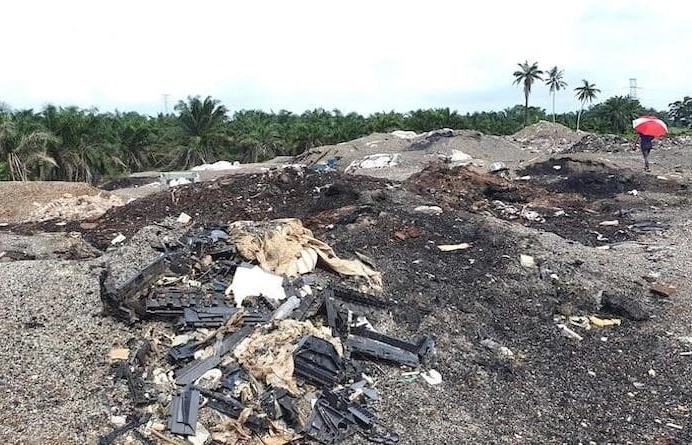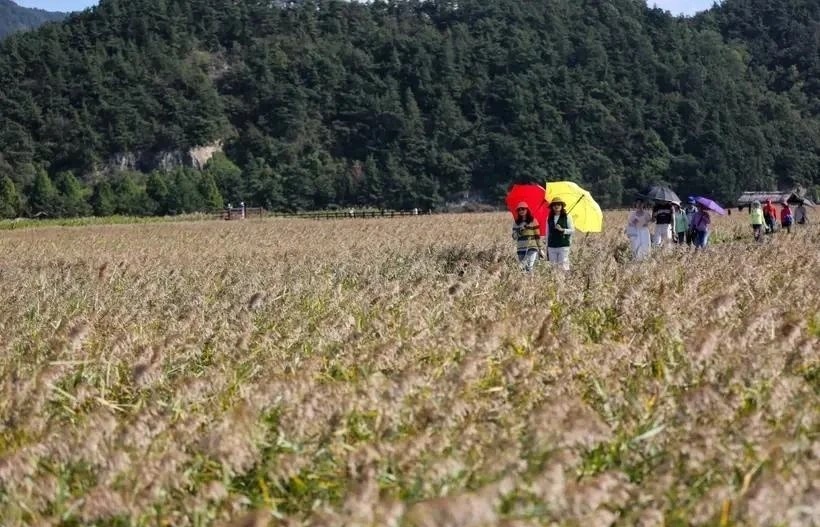Meeting the world’s eight billionth challenge
 It was a prescient choice. It means we don’t have to wait until the middle of the century, when the world population is estimated to reach 9.6 billion, to imagine what the difficulties could be like. For Dhanica and her family, the future is now.
It was a prescient choice. It means we don’t have to wait until the middle of the century, when the world population is estimated to reach 9.6 billion, to imagine what the difficulties could be like. For Dhanica and her family, the future is now.
Daily life for them is a constant struggle with pollution, inadequate access to affordable electricity, and an uncertain economic future. Such challenges will become more severe if we don’t act sooner to improve access to cleaner energy.
Most of the Camacho family’s income goes to paying for food and electricity. To keep their power bill down, they limit the use of household appliances to two electric fans, lights and a desktop computer. They have no fridge or washing machine.
Millions of other families in our increasingly crowded and energy-needy world also find life hard. About 1.1 billion people worldwide still live without access to electricity while another 2.9 billion rely on wood or other biomass for cooking and heating, according to the World Bank.
Many countries have made progress in reducing energy poverty. But this is easily outpaced by the surge in demand for energy, which could be up almost 40 per cent on today’s level by 2040.
Asia is at the epicentre of these trends. India, according to the UN, is expected to overtake China as the world’s most populous country within the next 15 years. Taken together, the two Asian powerhouses will account for around 35 per cent of the world’s population. South-east Asia’s population is expected to grow by 20 per cent by 2030, with Vietnam’s population expected to grow by 12 per cent in the same period.
As many hundreds of millions also seek to rise from poverty or join the middle class, they’ll acquire the energy-dependent appliances Dhanika’s family lack.
In all, growth in Asia will account for 57 per cent of the world’s increasing electricity demand over the next 25 years, according to the International Energy Agency. In Vietnam, energy demand by the year of 2035 is expected to increase to more than double that of 2015 and this increase is mainly driven by rapid industrialization, according to a report of Wood Mackenzie.
Yet this demand cannot be met while ignoring the environment and climate change. The world needs to reduce global carbon emissions significantly while providing much more energy. But how?
Many commentators believe the answer lies in a combination of greater energy efficiency with renewable sources of power. We know the cost and technical hurdles that have hindered the growth of renewable energy such as wind, solar and hydropower are now falling.
Our own scenarios, for instance, project renewable energy as perhaps 30-40 per cent of the world’s energy mix by 2060. If the future energy needs of young people like Dhanica are to be met, however, the world will depend for many decades to come on supplies of natural gas and oil.
Our most realistic route to a dependable, low-carbon energy future lies in significantly increasing the use of natural gas and renewables in power generation. They make perfect partners.
Compared to coal, gas produces around half the carbon dioxide and one-tenth of the air pollutants when burnt for power. Gas-fired plants are cheaper and faster to build than coal-fired ones, and more flexible – they can more easily start up or stand down. All this makes them ideal partners for intermittent wind and solar energy.
The impact of switching to gas is clear, for example, in the USA. Replacing coal with gas in electricity generation – mainly as a result of shale gas developments – has helped reduce the greenhouse gas emissions in the power sector.
Many other countries are accelerating their switch to gas. China, for instance, is boosting the share of natural gas in its total energy consumption from 4 per cent in 2011 to 10 per cent by 2020.
In the Philippines, the Shell-operated Malampaya deep-water project has helped produce natural gas to meet a third of the country’s growing energy needs since operations began in 2001. The project recently entered its third phase, where a new platform was installed to extend the life of the gas field.
Despite the encouraging signs, we are still far from a low-carbon future. In Asia, many countries remain heavily reliant on coal, and will continue to do so in the coming decades, unless policies change.
The IEA expects India to overtake the United States as the world’s second-largest coal user behind China. South-east Asia is on track to drive up global demand for coal, with countries like Indonesia, Thailand, and even the Philippines projected to use more coal to generate electricity in 2035 compared to 2011, according to the IEA.
To secure and guide the world’s transition to a low-carbon future, we need governments to introduce the right policies and clear, long-term frameworks.
An effective price on carbon should be at the centre of these frameworks, as Shell and five other major energy companies called for in a recent joint letter to the United Nations Framework Convention on Climate Change. This would encourage energy companies to invest more in low-carbon technologies.
This won’t be easy. But international leaders meeting in Paris for climate change talks later this year must seize the momentum on this issue and introduce carbon pricing systems at the national or regional levels where they don’t already exist. They should also create an international framework that would eventually connect the national carbon pricing systems.
Time, as experts tell us, is not on our side. There is a small window for us to take decisive action to tackle climate change. And we must act – certainly long before the 8th billion baby is born in the years to come.
By Andrew Brown - Director, Upstream International, Royal Dutch Shell
What the stars mean:
★ Poor ★ ★ Promising ★★★ Good ★★★★ Very good ★★★★★ Exceptional
Latest News
More News
- Indonesia optimistic of cutting ocean plastic waste by 70 per cent (June 28, 2024 | 16:41)
- World leaders address WEF conference (June 27, 2024 | 19:02)
- Six Vietnam students to compete at International Trade Challenge 2024 in Singapore (June 26, 2024 | 20:25)
- Malaysia arrests eight terror suspects over IS links (June 25, 2024 | 17:24)
- Indonesia to allocate 4 billion USD for free school meals (June 25, 2024 | 17:17)
- Philippines reduces rice import tax to 15 pc (June 25, 2024 | 17:07)
- Over 50 pc of Malaysia’s marine park reefs affected by bleaching (June 25, 2024 | 16:57)
- Thailand to issue 20 billion THB in sustainable bond sales (June 24, 2024 | 17:12)
- Singapore warns of money laundering risks in areas (June 24, 2024 | 17:07)
- One dead, two missing in Indonesia's flood (June 24, 2024 | 16:59)
















 Mobile Version
Mobile Version